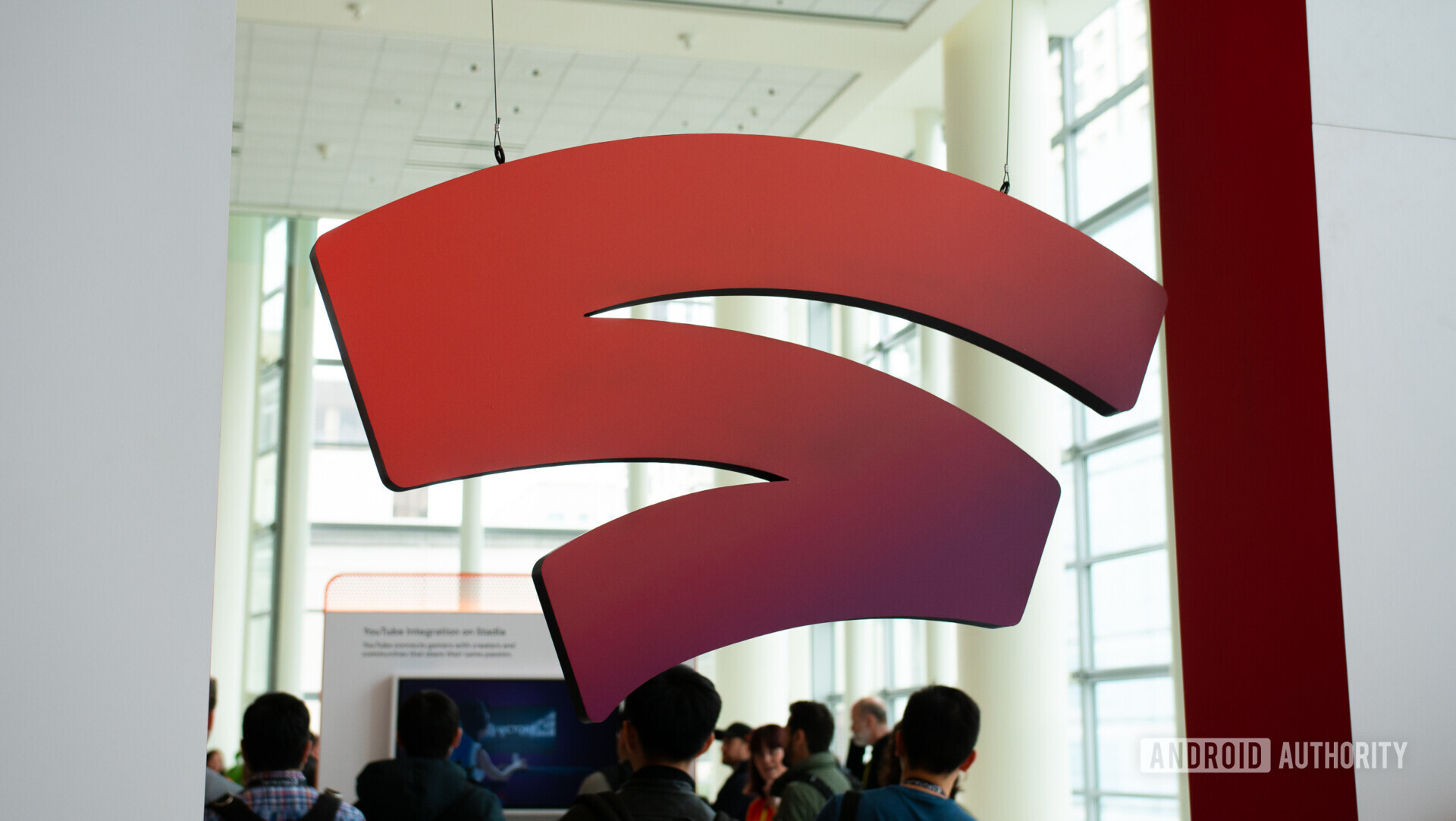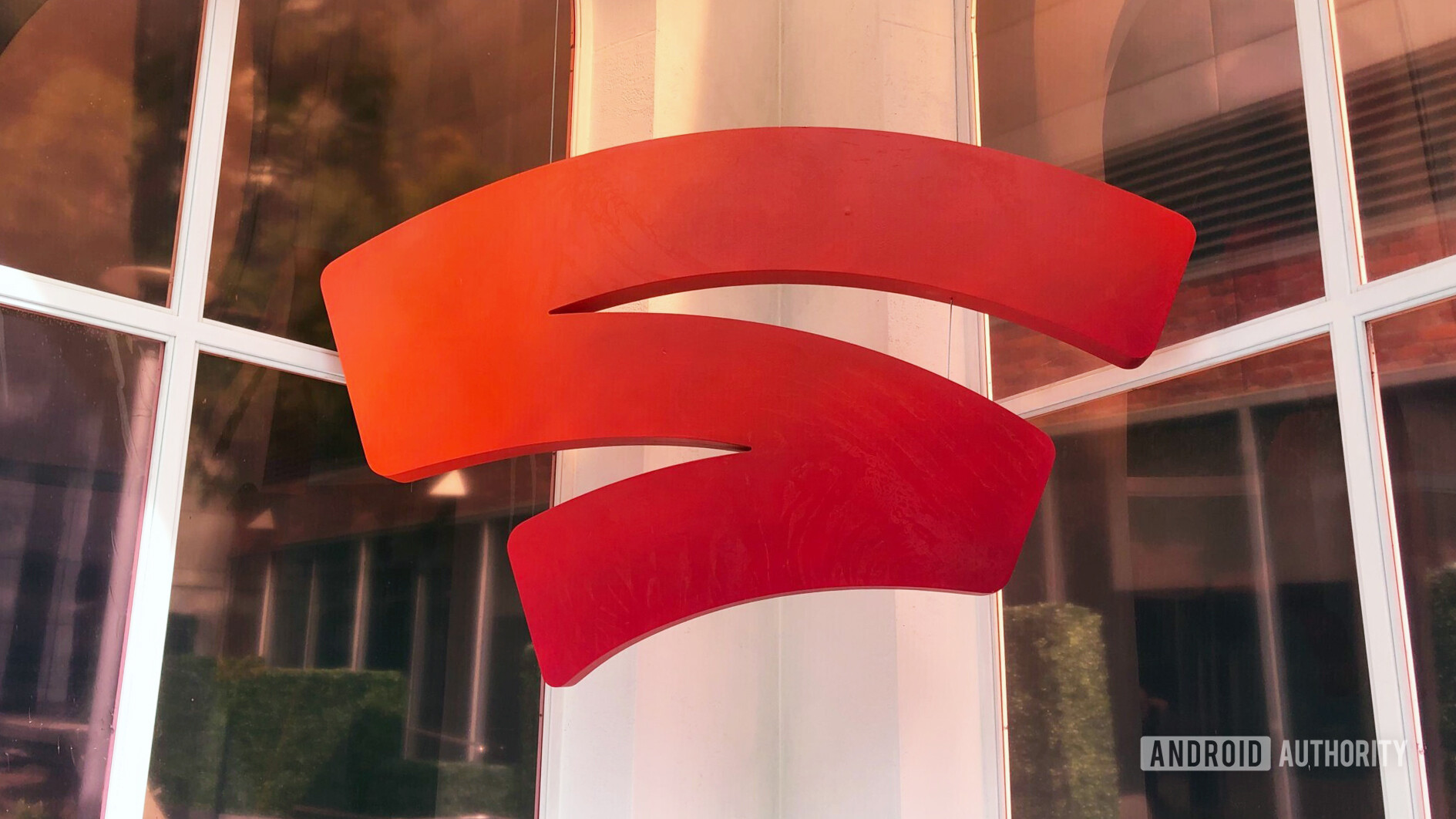id tech game design and development 101

Google CEO Sundar Pichai admits he's not really a gamer, but he's extremely confident in yet another game streaming service launching later this year: Google Stadia.
Introduced during Google's GDC 2019 keynote, we don't know any specifics about Google's upcoming platform. Will it run a virtual machine hosting games you purchase and install in the cloud? Will it be a subscription like Xbox Game Pass providing a rotating mixture of games, only without the downloads? Will it support Steam and Origin?
Outside Doom Eternal and Assassin's Creed Odyssey, we don't even know what games it'll feature. What we do know is games will run on a Linux-based setup powered by AMD hardware in Google's datacenters. That should be of no surprise given AMD's deep footprint in the enterprise and console gaming markets.
AMD already provides custom all-in-one chips (APUs) powering the PlayStation 4 and Xbox One and soon the next-generation consoles. With Google Stadia, we heard mentions of a custom AMD Vega 10 GPU that may be backed by a custom AMD Epyc CPU typically mounted in servers. Will these server racks use a custom APU like the consoles? Probably not.
On the plus side, game streaming means customers won't be forced to buy a new $500 console. Instead, the required hardware for 1080p, 4K and beyond resides in Google's cloud. You won't need to rip out an old graphics card for the latest over-hyped high-dollar model. There's no need to exchange RAM sticks. You can even use a piece of junk "potato" laptop to play these games.
In theory, the idea is great. It was great when OnLive was still an active service dishing out console-quality games across the internet. Sony currently provides an overpriced service streaming PlayStation games to its consoles and PC. Nvidia has GeForce NOW for the PC and its Shield devices. Shadow "rents" a virtual machine capable of streaming your already-purchased games from the cloud.
Of course, the big elephant in the room is the required internet connection. Since the service streams games through the Chrome browser, there's no playing offline. But even on consoles, if the internet goes out, there's a chance you could run into DRM roadblocks, preventing access to purchase titles. No internet also means no multiplayer and no social features.

Naturally I was skeptical about Google Stadia. I applaud the stop/start aspect where you can pause on one device and resume on another, just like a video service. I also applaud the mouse and keyboard support, Chromecast support, and the new controller that connects to Google's cloud over a Wi-Fi connection.
But what really sold me on Stadia was id Software.
In a developer session after the keynote, id Software senior programmer Dustin Land said the studio worked with Google for two and a half years to get Stadia at its current state. Google actually approached id Software CTO Robert Duffy right after the launch of DOOM partially due to the studio's support of Linux and the Vulkan graphics API, the two major components powering Stadia. After that, Google visited id Software in September 2016 for the first of several meetings.
So why a game streaming service? According to Land, Google watched its game-related YouTube numbers grow over the years and decided the time was right to create a game streaming service to pair with YouTube broadcasting. The id Software staff listened to Google's initial plan, provided feedback, and the Stadia project commenced.
Land said the initial demo showed promise but wasn't great. Video and audio were good, but lag was apparent. Google went back to the drawing board to fine-tune the streaming aspect and then flew back to id Software in November 2016 with a hands-on demo featuring its own router and a Chromebook.
According to Land, this demo revealed major improvements in performance. As a blind test, id Software pulled in one of its programmers to play the demo, not telling him it was streaming from Google's cloud.
"Yep, that's DOOM," he said, "[but] it feels like someone forgot to enable Game Mode on their TV."
Eventually, Google conducted its own blind test with one device running the game locally and one device streaming from its cloud. The goal? To see if anyone could detect the streamed version. Google knew it was on the right track as gamers couldn't distinguish one (local) from the other (stream).
Of course, that was over two years ago. Both Google and id Software have since fine-tuned both engine and service to a state they could finally present to the gaming industry this week.
The Doom Eternal demos we witnessed during id Software's GDC 2019 session were simply amazing. The first demo consisted of a deathmatch with bots. The second demo featured a partial single-player level. Both demos ran at 1080p and 60fps.
But they weren't completely perfect, as you could see some chop possibly stemming from network interference. Keep in mind that GDC attendees clogged up the local network. Moreover, I couldn't tell if the client PC (a Pixelbook) was wired or wireless. Still, I was impressed with the twitchy gameplay we know and love – DOOM gameplay mind you – with very little problems despite all that local traffic.
As Sundar Pichai pointed out during his keynote, Google's cloud resides in more than 200 countries and territories. That means there should be a Google-owned data center near your physical location, lowering the number of hops between your internet service provider and Google's servers, reducing latency.
Still, Dustin Land couldn't verify where the server pumping out DOOM Eternal resided, but he did confirm it was within 102 miles.

I'm not going to lie: I'm an id Software fanboy. I watched John Carmack help 3DFX tune the Glide API so Quake wasn't a pixilated mess despite upgrading to polygons. Now with id Software helping Google getting Stadia off the ground and working beautifully – at least in the demos we saw during GDC 2019 – I'm getting the same "new era" vibe in my bones.
But I'm also somewhat cautious. Again, we don't know the full library of games, the cost, and the required home networking equipment to handle the traffic. What will we need when the service goes 8K? Sure, you can use a "potato" laptop or smartphone as your edge device, but latency will still depend on your home network hardware, home traffic, internet subscription, and physical proximity to a Google data center.
Yet with id Software, Ubisoft, AMD, Unity, Epic Games, Havok, Crytek, and more already on board, there's huge potential with Google Stadia. It's also a big shout out to Linux gaming, which Valve Software tried to bring into the living room with its failed Steam Machine initiative.
Perhaps this is the better path despite the required internet component. In this scenario, all gamers can play high-quality titles on any device that supports the Chrome browser. Is it the future of gaming? That depends on Google and its partners. Will it kill console and non-cloud PC gaming? No anytime soon.
Additional information will be available this June during E3 2019. For additional information about AMD's custom server-bound GPU for Stadia, read Scott Jackson's blog here.
id tech game design and development 101
Source: https://www.androidauthority.com/id-software-new-hope-google-stadia-967473/
Posted by: espositohessity.blogspot.com

0 Response to "id tech game design and development 101"
Post a Comment